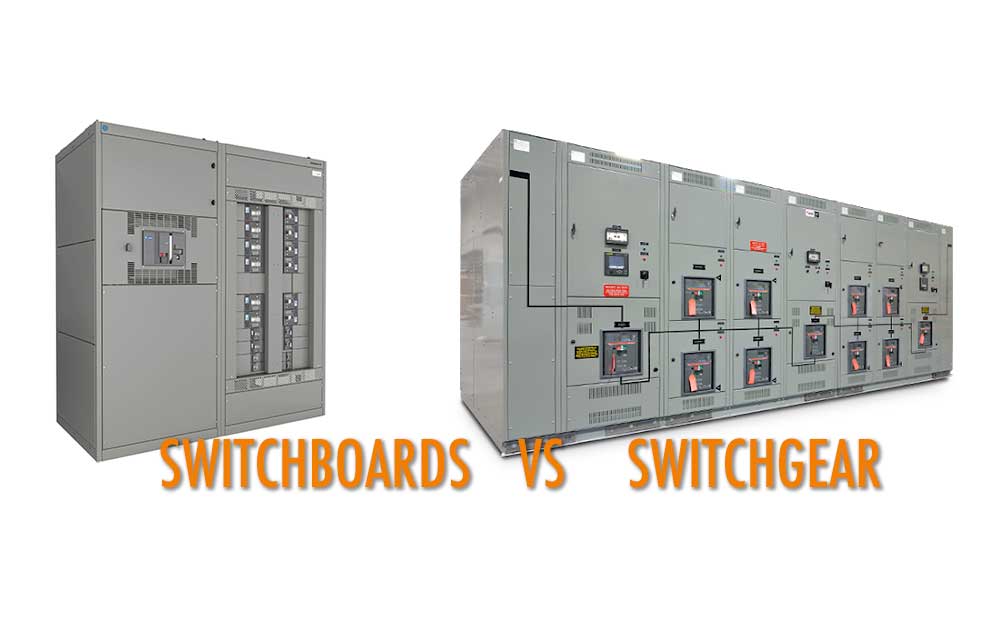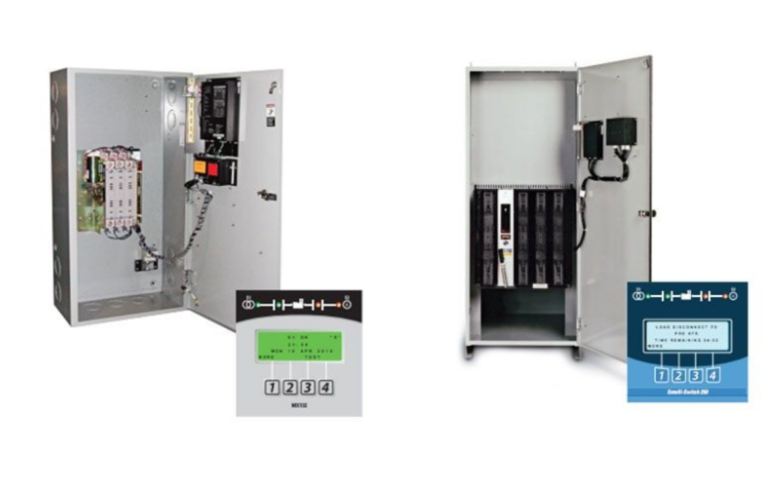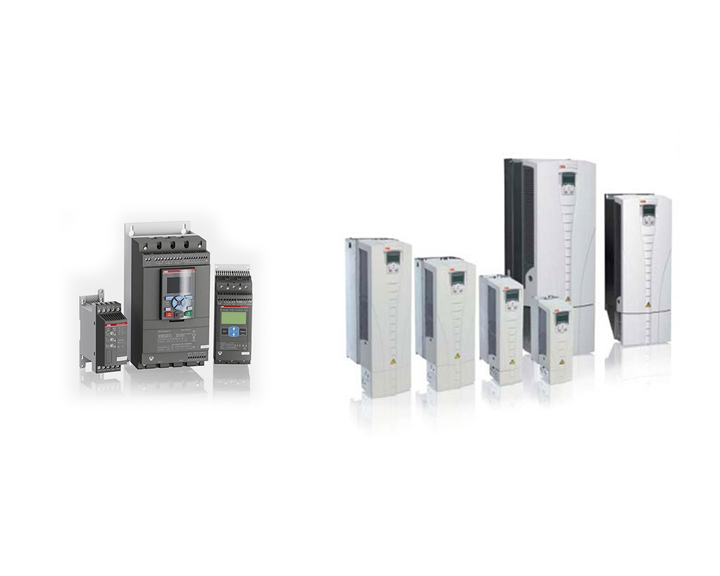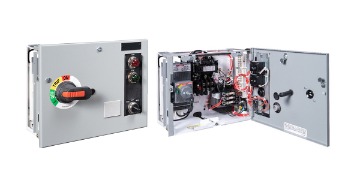What is the difference between switchgear and switchboards?
Electricity is vital to our everyday lives, but it is also something that many people take for granted. When it comes to electrical flow, two critical components help provide electricity to your home or business—switchboards and switchgear. Although similar in name, they perform very different functions and are often designed to work in tandem to provide electricity effortlessly.
To better understand the difference between switchgear and switchboards, we will review their unique roles. If you want to know the variations, keep reading for a quick briefing on the fundamental differences between the two.
What is switchgear?
Switchgear are devices that switch, control, and protect circuits and devices. Their primary function is to "switch" power on or off as needed. These devices can service low, medium, or even high-voltage electrical circuits. They are necessary for switching power on and off for generators, motors, transformers, transmission lines, and power networks in domestic, commercial, and industrial distribution systems.
Switchgear features and components:
There are several key features and components of switchgear. These help to distinguish the roles between switchgear and switchboards. Switchgear plays a vital role in the power system, protecting equipment from flows of heavy current.
The main features of switchgear are:
- Fast operation
- Completely certain discrimination
- Manual control provision
- Entire reliability
In addition, switchgear involves two primary components: power switches and power control. The power switches or conducting components contain circuit breakers, fuses, or lighting arresters that can disconnect power flow if a fault occurs.
Alternatively, the power control components contain control panels, protective relays, and current transformers that work to monitor, protect, and control power conduction.
What is a switchboard?
The primary purpose of a switchboard is to distribute electricity safely throughout industrial and commercial facilities. Switchboards allow incoming power to be redirected and divided into smaller circuits depending on the requirements. In essence, switchboards can "switch" the direction of energy traveling, routing it in other directions as needed.
Switchboards may come in several forms, including single panel, assembly panel, or structural frame format, depending on the specific application.
Switchboard features and components:
Switchboards have several different features and components than switchgear, given that they serve a unique purpose in providing electricity.
The main features of switchboards are:
- Metering capabilities that allow the switchboard to measure power usage.
- Front and rear assembly accessibility for easy servicing and installation.
In addition, some of the critical components of switchboards include panels or frames and control or monitoring devices. The panels or frames hold devices such as circuitry indicators and switches to facilitate the delivery of power or control of each circuit.
Switchboards also have control or monitoring devices that can connect or control several power sources coming to and from the switchboard. Examples of these would be frequency gauges or synchroscopes.
Switchgear vs. Switchboards: four key differences.
Since switchgear and switchboards serve vastly different functions, there are four key differences between the two pieces of equipment.
- Hardware components
- Use variations
- Voltage
- Safety
Hardware components
One of the main differences between switchgear and switchboards are their hardware component variations. While switchgear is composed of switching devices designed to turn the power on or off, switchboards are panels equipped with devices ready to reroute power as needed.
Switchgear uses switching devices for low, medium, and high voltage electrical circuits. They have parts that include fuses, circuit breakers, lightning arresters, relays, isolators, and disconnect devices that function to regulate energy flow.
On the other hand, switchboard panels have buses, switches, and protective and electrical control devices mounted on the front, back, or both.
Use variations
Another primary difference between these two is their intended use.
Switchgear is used to switch on and power transformers, generators, transmission lines, motors, and power networks for residential, commercial, industrial, and distribution systems set-up. The purpose of switchgear is to supply and control power to loads while also protecting the loads from electrical hazards. Switchgear can also be helpful when identifying fault conditions and cutting off the power supply.
On the flip side, the purpose of switchboards are usually to distribute power to several sources. They transmit the power to individual loads, transformers, control equipment, and panel boards.
Switchboards are vital in electricity distribution, while switchgear protects equipment from electrical hazards or failure due to short circuit or overcurrent situations.
Voltage differences
Another significant difference between switchgear and switchboards are that each of these systems can handle different amounts of voltage. Switchgear systems are equipped with high voltage capacity, such as up to 350 kV, while switchboards are not designed to handle high voltage and can only manage 600 volts.
Safety features
In addition to their other differences, switchgear and switchboards have different safety features.
Switchgear generally has automatic safety features, with the option of manual control for emergencies. Switchgear can be placed in both indoor and outdoor settings with metallic cabinets and casings, depending on the type of facility where the switchgear is installed.
Alternatively, switchboards are similar in that they can have metallic enclosures, but they can also have wooden enclosures. They have a meter that displays the amount of power that each circuit consumes.
Additional differences between switchgear and switchboards:
While the variations in hardware components, uses, voltage capacity, and safety features are essential differences, there are several other things to consider.
Manufacturers of switchgear and switchboards build and test each one to meet different standards. For example, switchgear is constructed and tested to meet ANSI standard C37.20.1, UL standard 1558, and NEMA standard SG-5.
Switchboards are built and tested to meet NEMA standard PB-2 and UL standard -891. UL 891 Switchboards are typically built to specific customer specs.
In addition, while unfused switchgear is short circuit tested at fifteen percent power factor for an entire thirty cycles, switchboards complete testing at twenty percent power factor for three cycles.
The cost differential is another critical difference between the two. While switchgear tends to be much more robust, reliable, and flexible than switchboards, they also have a much higher price tag.
Conclusion
While switchgear and switchboards are both components in electrical circuits, they are not identical. Switchgear serves several purposes, including supplying, controlling, and protecting power to loads. It is composed of varying parts, like fuses, isolators, and relays that can handle much more voltage than switchboards and come with automatic and manual safety features.
Switchboards divide incoming power into smaller circuits using components, including panels or frames, busbars, and control or monitoring devices. They are not designed to handle high voltage and have very different safety features than switchgear.
Overall, while these two components can work cohesively in electrical circuits, they are not the same and are designed to serve very different purposes. Contact us today for your Switchgear and UL 891 Switchgear needs.





